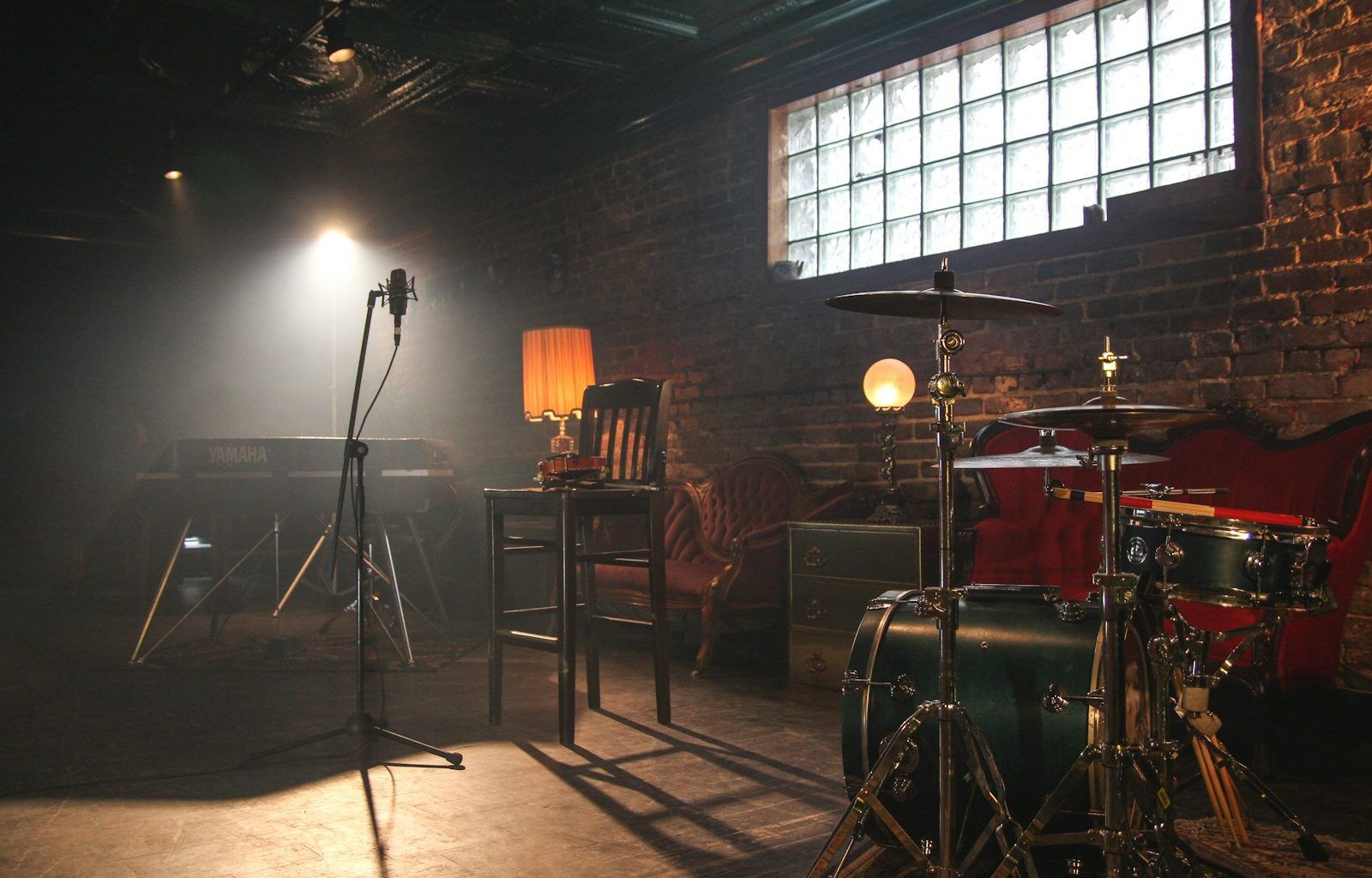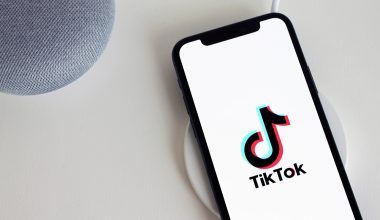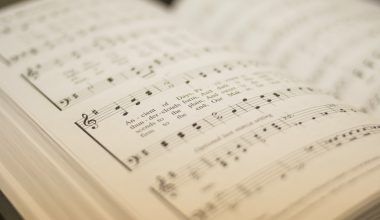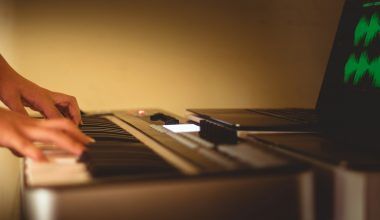Whether you’re an aspiring music producer, podcaster, or sound designer, audio DAW software (Digital Audio Workstation software) is an essential tool that brings your creative visions to life. Think of it as the heart of your music studio or sound editing space. With its ability to record, edit, mix, and master audio seamlessly, a good DAW makes all the difference in transforming your raw ideas into polished masterpieces.
Let’s dive into what makes audio DAW software special, how to choose the right one, and tips for making the most out of it. Whether you’re a beginner or a pro, this guide will help you understand everything you need to know about audio DAW software.
What is Audio DAW Software?
Audio DAW software is a digital platform where sound comes to life. It’s the software that lets you record audio, edit it, arrange tracks, and apply effects—all in one place. Think of it as your all-in-one creative toolkit.
For instance, if you’ve ever wanted to record a song, compose a film score, or start a podcast, you’ve probably heard about DAWs like Ableton Live, FL Studio, or Pro Tools. These are just a few of the popular options available.
Each DAW comes with its unique features, workflows, and tools. Some are perfect for electronic music production, while others are better suited for recording live instruments or mixing and mastering.
Why is Audio DAW Software Important?
Imagine trying to record music or edit audio without proper tools. It would feel like trying to paint a masterpiece with a broken brush! Audio DAW software not only simplifies the process but also opens up endless creative possibilities.
For example, you can layer multiple instruments, correct pitch errors, and add effects like reverb or compression. Plus, with the rise of remote collaborations, DAWs have made it possible for musicians, producers, and podcasters to work together from anywhere in the world.
Choosing the Best Audio DAW Software
When choosing audio DAW software, it’s all about finding the right fit for your needs. Here’s a simple guide to help you decide:
1. Your Skill Level: Are you a beginner? Start with an easy-to-learn DAW like GarageBand or Audacity. If you’re a pro, you might prefer advanced tools like Logic Pro or Pro Tools.
2. Your Genre: Different DAWs excel in different areas. Ableton Live is great for electronic music, while Cubase works wonders for orchestral compositions.
3. Budget: Some DAWs, like Audacity, are free, while others can cost hundreds of dollars. Decide how much you’re willing to invest in your craft.
4. Platform Compatibility: Make sure the software runs smoothly on your computer’s operating system.
Top Features to Look for in Audio DAW Software
Every DAW has its strengths, but certain features are universally important:
- Ease of Use: The interface should feel intuitive. You shouldn’t have to spend hours figuring out basic functions.
- High-Quality Audio Recording: Look for software that supports high-resolution audio.
- MIDI Compatibility: If you use virtual instruments, MIDI support is essential.
- Built-in Effects and Plugins: Many DAWs come with preloaded instruments, effects, and loops to spark creativity.
- Editing Tools: From basic cuts to advanced automation, good editing features make the process smoother.
Tips for Using Audio DAW Software Effectively
Mastering your DAW takes practice, but these tips can help:
1. Learn Shortcuts: Keyboard shortcuts can save time and make your workflow more efficient.
2. Explore Tutorials: Many DAWs offer free online resources to help you learn.
3. Start Small: Don’t try to use every feature at once. Begin with the basics and expand your skills gradually.
4. Use Templates: Save time by using pre-made templates for recurring tasks.
5. Experiment: Don’t be afraid to try new effects or features—you might stumble upon a sound you love!
Popular Audio DAW Software Options
Here’s a list of some well-loved DAWs and what they’re best for:
- Ableton Live: Ideal for live performances and electronic music.
- FL Studio: Great for beginners and beatmakers.
- Pro Tools: Perfect for professionals working on large projects.
- Logic Pro: A favorite among Mac users, especially for music production.
- Cubase: Excellent for film scoring and orchestral arrangements.
Conclusion
Audio DAW software is the key to unlocking your creative potential. Whether you’re making beats, recording a podcast, or composing a symphony, there’s a DAW out there that’s just right for you.
The best part? You don’t need to be an expert to start. With so many beginner-friendly options available, diving into the world of digital audio production has never been easier.
Take your time exploring different options, learn at your own pace, and remember—your creativity knows no bounds. The world of audio DAW software is here to help you bring your ideas to life.
For further reading, explore these related articles:
- The Magic of Heartbreak Songs in English: Your Ultimate Guide
- What Makes “Ric Flair Drip” Lyrics So Popular?
For additional resources on music marketing and distribution, visit DMT Records Pvt. Ltd..






